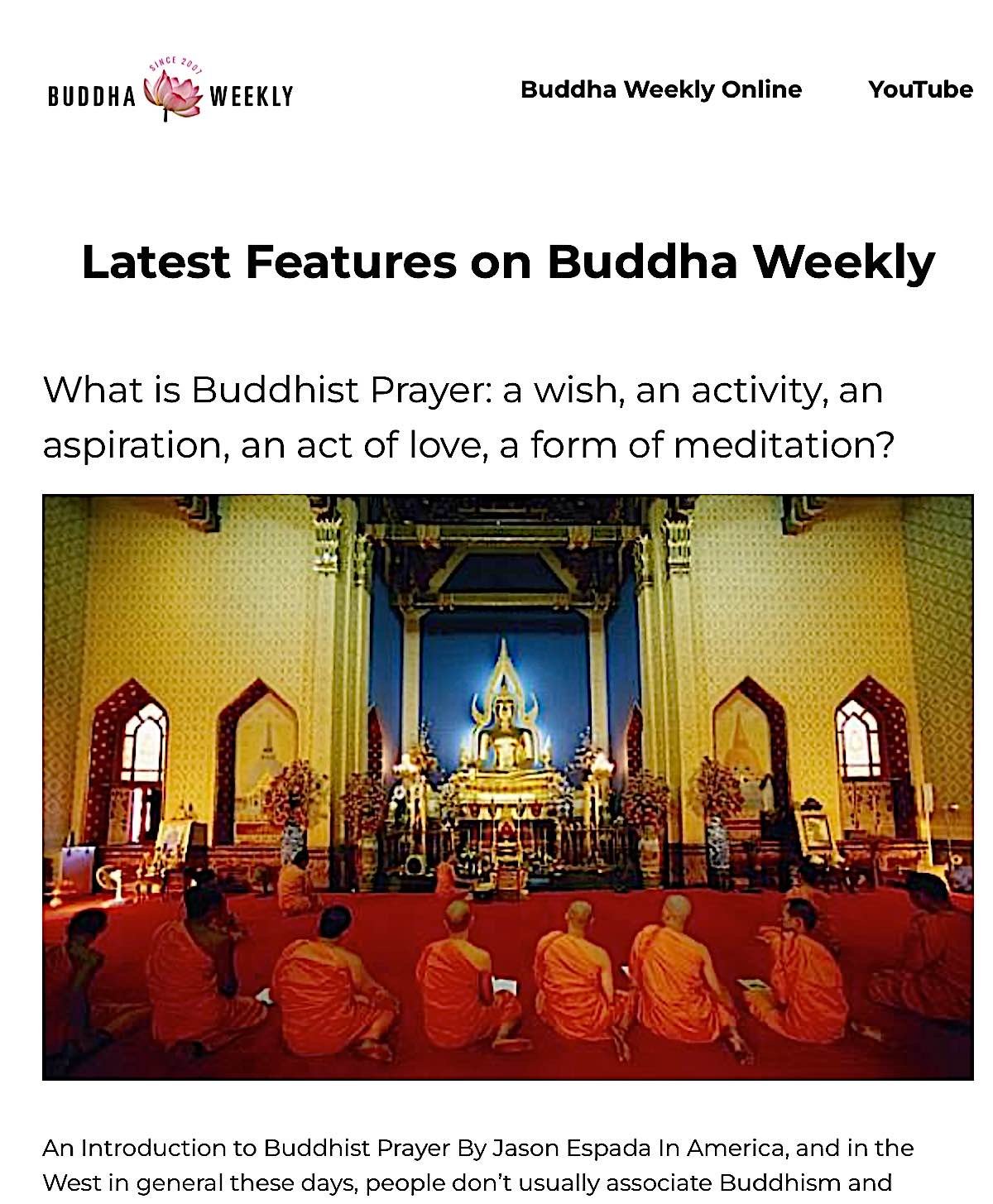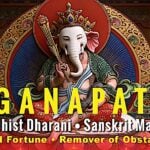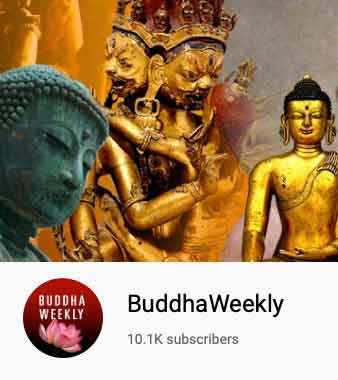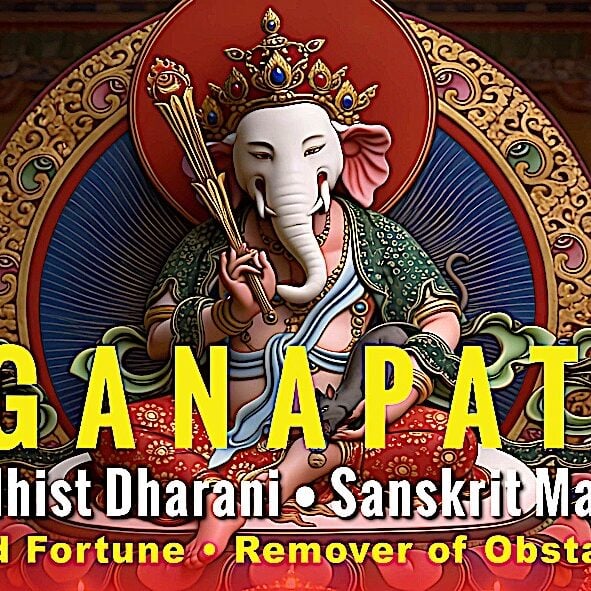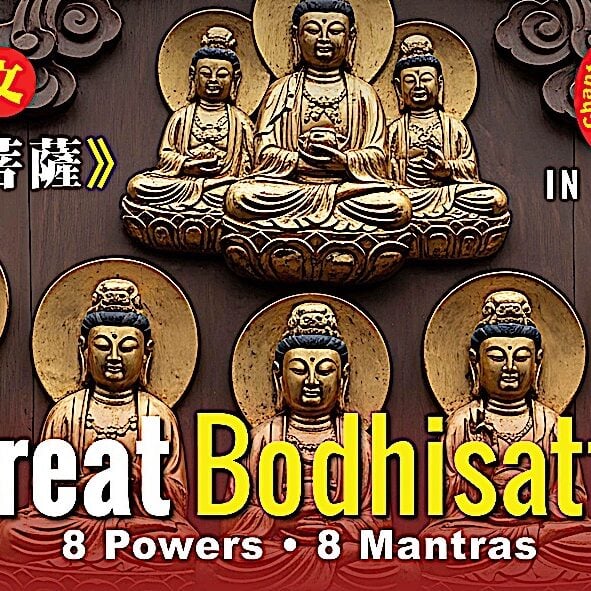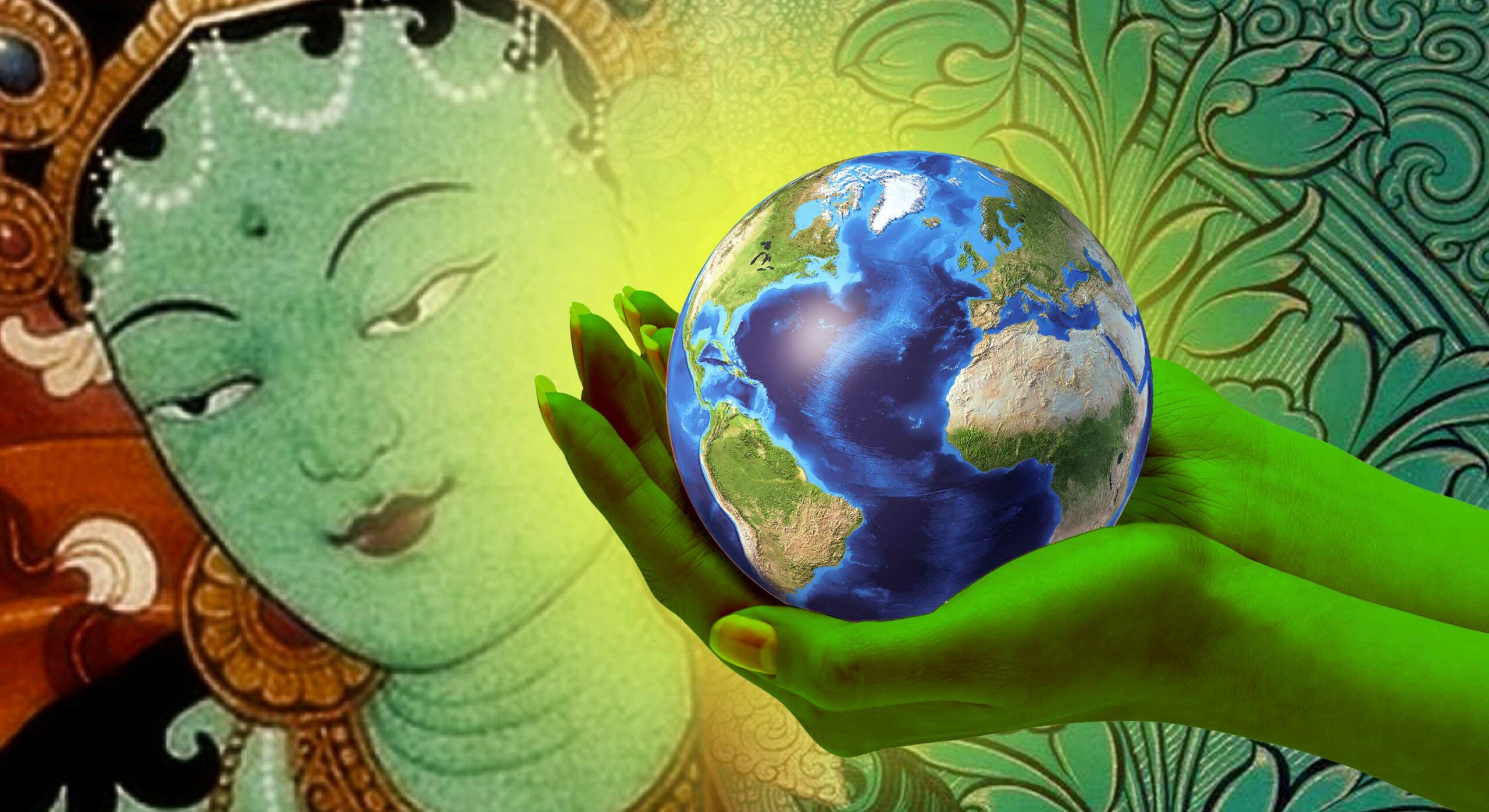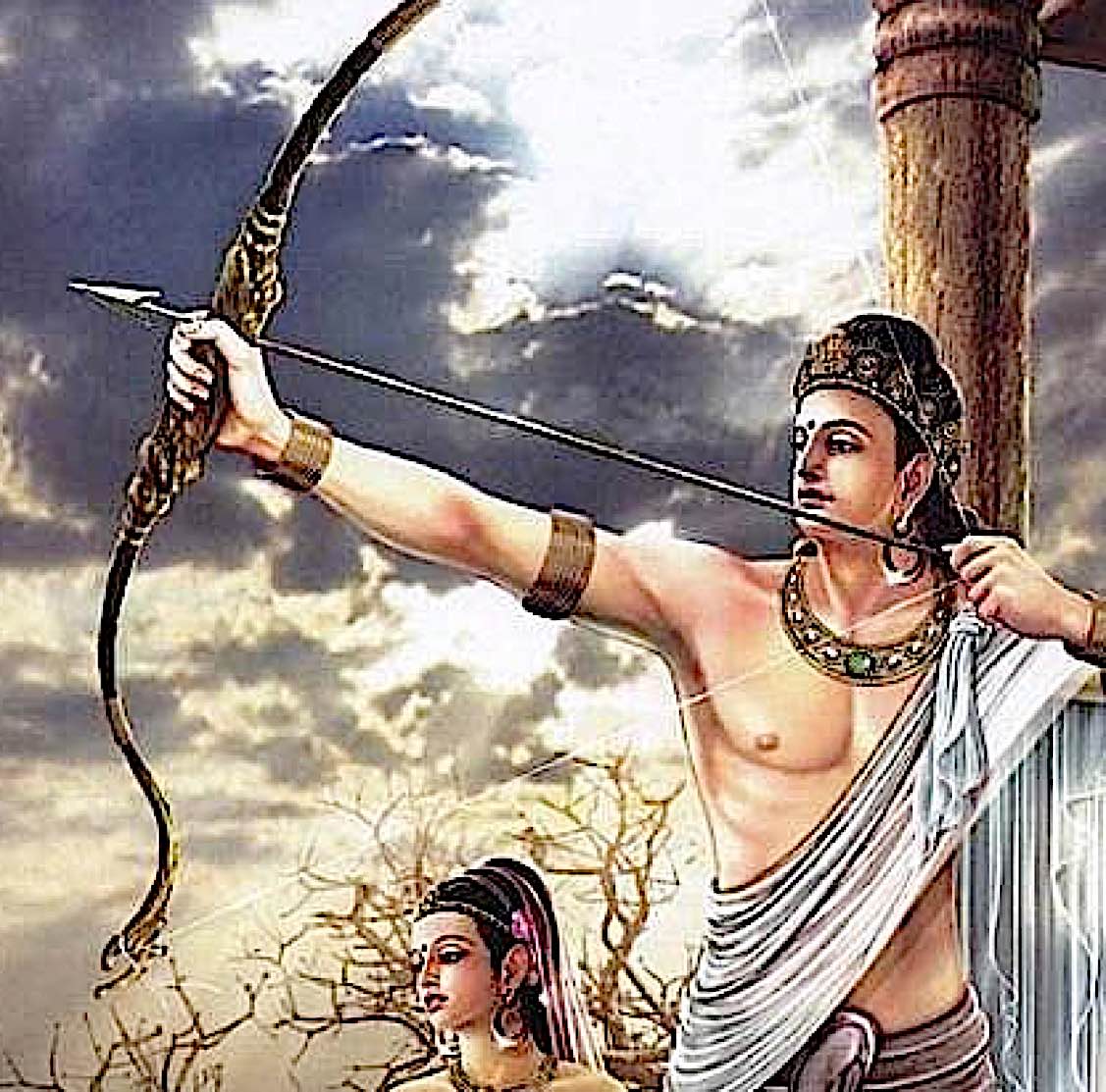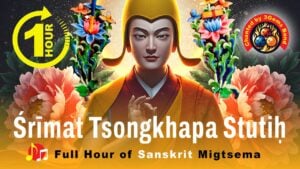Video — Buddhist Renunciation: Part 1 of a Three Principal Paths of Buddhism from Venerable Zasep Rinpoche
In this short 20-minute video, Venerable Zasep Rinpoche provides clear and down-to-earth guidance on Buddhist Renunciation, one of the Three Principal Paths of Buddhism. [For more on the Three Principal Paths, see>>]
It’s not what you think, no need to shave your head and head to the cave.
Venerable Zasep Rinpoche explains how we can practice renunciation of attachments even in our daily lives as lay people.
This is part 1 of three-part series on the Three Principal Paths of Buddhism:
- Renunciation
- Bodhichitta
- Shunyata
Together, they represent the path to the cessation of suffering.
“Real renunciation is in your mind. It is your attitude,” explains Rinpoche. “Real renunciation is — you follow the teachings of the Buddha.”
Rinpoche explains suffering and attachments and how to think about Renunciation.
The video finishes with a beautiful Shakyamuni Buddha mantra chant by the amazing voice of Yoko Dharma.
Don’t miss part 2 of this series on the Three Principal Paths. (Three Principle Paths can be correctly spelled as either Three Principle Paths or Three Principal Paths — both are correct but have slightly different connotations.)
More articles by this author

Overcoming the Poison of Jealousy with Mudita, “Sympathetic Joy”! How can joyful Tara, and other methods, help us overcome the dangerous klesha of Envy?
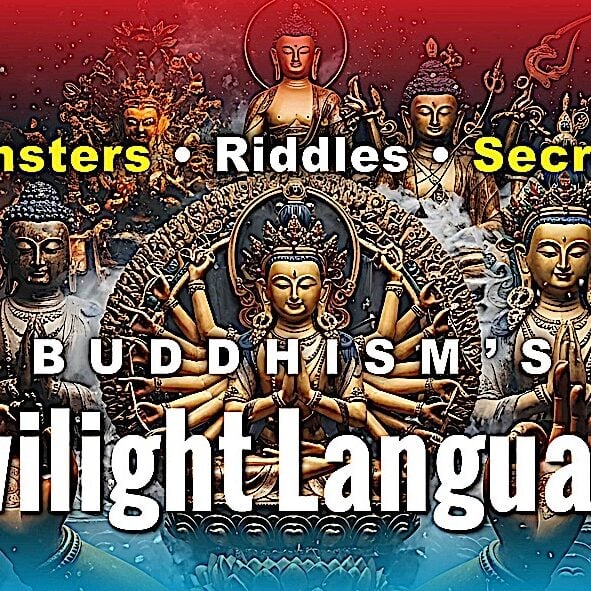
Buddhist Riddles & Secrets— Sambhyabhasa Twilight Wisdom Language Secret Dakini Language in Buddhism?
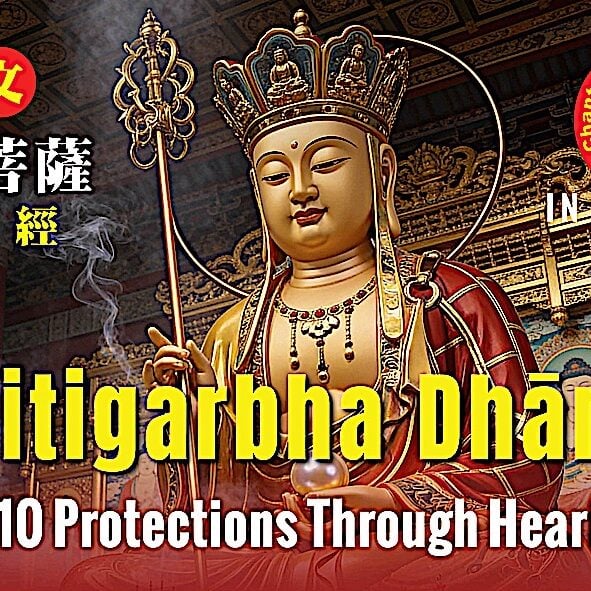
SUPPORTING MEMBERS VIDEO: Kṣitigarbha Daśacakra Dhāraṇī with Heart, Fixed Karma and Blessing Mantras 願地藏菩薩
Search
Latest Features
Please support the "Spread the Dharma" mission as one of our heroic Dharma Supporting Members, or with a one-time donation.
Please Help Support the “Spread the Dharma” Mission!
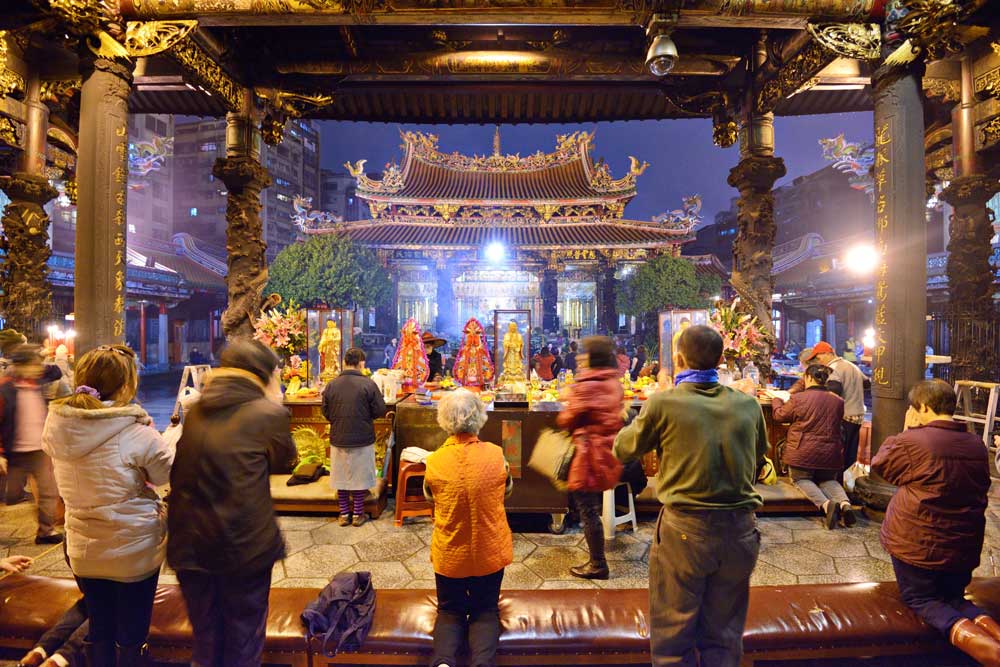
Be a part of the noble mission as a supporting member or a patron, or a volunteer contributor of content.
The power of Dharma to help sentient beings, in part, lies in ensuring access to Buddha’s precious Dharma — the mission of Buddha Weekly. We can’t do it without you!
A non-profit association since 2007, Buddha Weekly published many feature articles, videos, and, podcasts. Please consider supporting the mission to preserve and “Spread the Dharma." Your support as either a patron or a supporting member helps defray the high costs of producing quality Dharma content. Thank you! Learn more here, or become one of our super karma heroes on Patreon.
Lee Kane
Author | Buddha Weekly
Lee Kane is the editor of Buddha Weekly, since 2007. His main focuses as a writer are mindfulness techniques, meditation, Dharma and Sutra commentaries, Buddhist practices, international perspectives and traditions, Vajrayana, Mahayana, Zen. He also covers various events.
Lee also contributes as a writer to various other online magazines and blogs.

